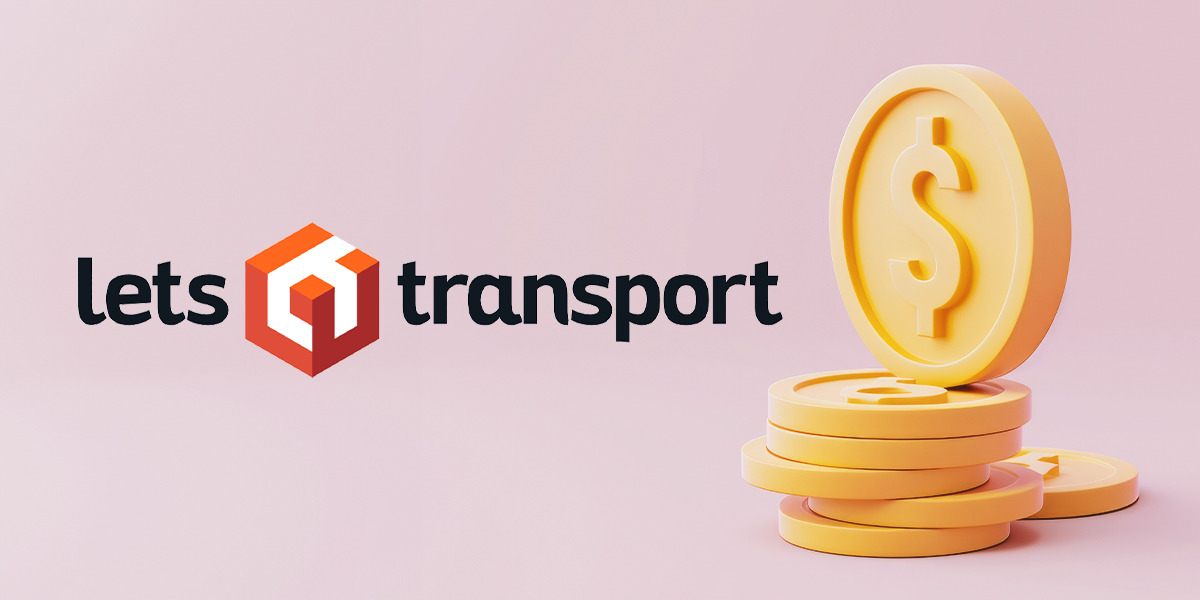Around three months ago — Vogo — a bike rental startup which allows users to rent a two-wheeler for some hours in a day or for an entire day on a per kilometre basis, started extending its services for longer usage beyond a day. It was done to increase asset utilisation of its under-20,000 leased scooters which would be a cost even if they remain unused. Vogo plans to further add more services to use its existing fleet at full capacity before expanding footprint to cities beyond Bengaluru, Mysore and Hyderabad.
“We want to increase use-cases of the scooter and utilize the asset more,” said Anand Ayyadurai, chief executive of Vogo.
This is the new normal amongst Indian startups, where there is a sense of urgency to monetize. The Softbank bust has necessitated startups to monetise quicker and stagger the haemorrhaging cash burn, according to multiple investors Entrackr spoke with.
Vogo is among the several consumer internet businesses in India that have rewired to stop chasing galloping growth to focus on getting the unit economics right. Even the likes of Paytm have announced a two-year path to profitability, as venture capitalists hesitate to loosen their purse pushing entrepreneurs to approach different ways to monetise.
“In the last 12 months, we grew 20x but this year we will aim for a 3x growth rather than a 15-20x jump,” said Ayyadurai. “We want to focus on unit economics and look to raise funds next year.”
This strategy is a departure from what was witnessed in 2019 — when companies were raising funds within six months of time frame and spending it even sooner. But as capital availability declines, conventional business metrics in the new economy have come to fore.
For instance, hyperlocal delivery start-up Dunzo — which lost 222X of the operating income it earned in FY19 — in December started to slowly roll back operations in certain parts of Bengaluru and Mumbai. The idea was to improve unit economics and increasing density in high-demand areas instead of spreading themselves too thin.
Even Bounce, Vogo’s rival, has started to trim expenses and increase fares to improve its topline after burning as high as $5-6 million monthly around six months ago.
Several industry stakeholders Entrackr spoke with say that there is immense investor pressure on the entrepreneurs to cut costs. Startups aim to achieve this in one of three ways — seeking moderate growth, looking at overseas markets and job cuts.
This is reflective of ShareChat’s new strategy. The Twitter-backed company which was locked in a bruising battle with ByteDance and initially tried to compete on large marketing dollars, hired three high profile executives to drive monetisation. As Entrackr reported last week, the company is exploring the avenue of social commerce to monetize its social networking platform.
Then there are companies such as healthcare startup led by Mukesh Bansal Cure.Fit and home services firm Urban Company — both of which have been foraying outside of India to increase their sources of revenue.
“Earlier SoftBank used to come to a company’s rescue after it would burn all the money to reach a high level of growth, but now there aren’t any funds to do that,” said a venture capitalist at a top VC firm, requesting anonymity. “Tiger in their new avatar does only $30-40 million cheques whereas Naspers focuses on a few companies and has more long-term relationships with them.”
While this may be part of the reason why founders are seeking better unit economics, some other investors in the ecosystem believe that the market is correcting itself with entrepreneurs going back to the basics. But, only the ones who are doing this for the ‘right’ reasons will make it through, they believe.
“It’s quite clear that ‘capital as a moat’ is not a viable business strategy,” said Ritesh Banglani of at early-stage VC firm Stellaris Venture Partners. “So, if some companies are thinking of improving business fundamentals as a way to conserve capital before the party starts again, they might be soon disappointed. I do believe there is enough capital available for Indian startups, but it will likely go to efficient businesses rather than those trying to ‘blitz scale’ prematurely.”














